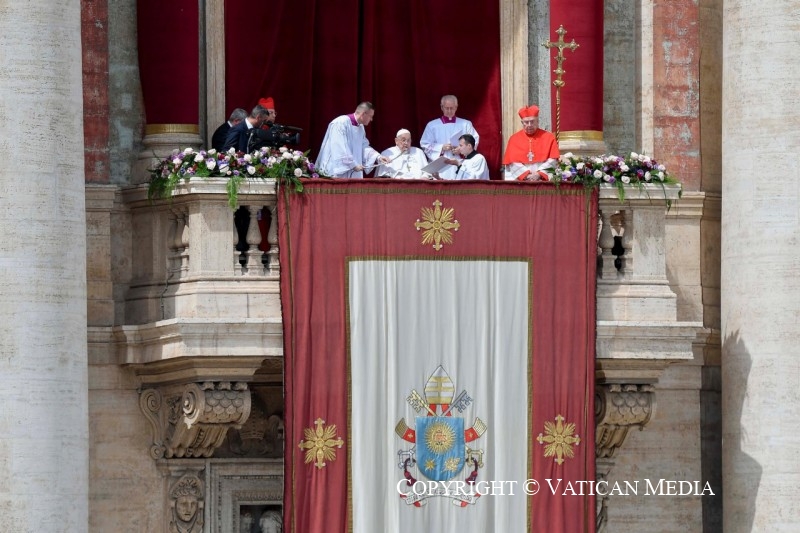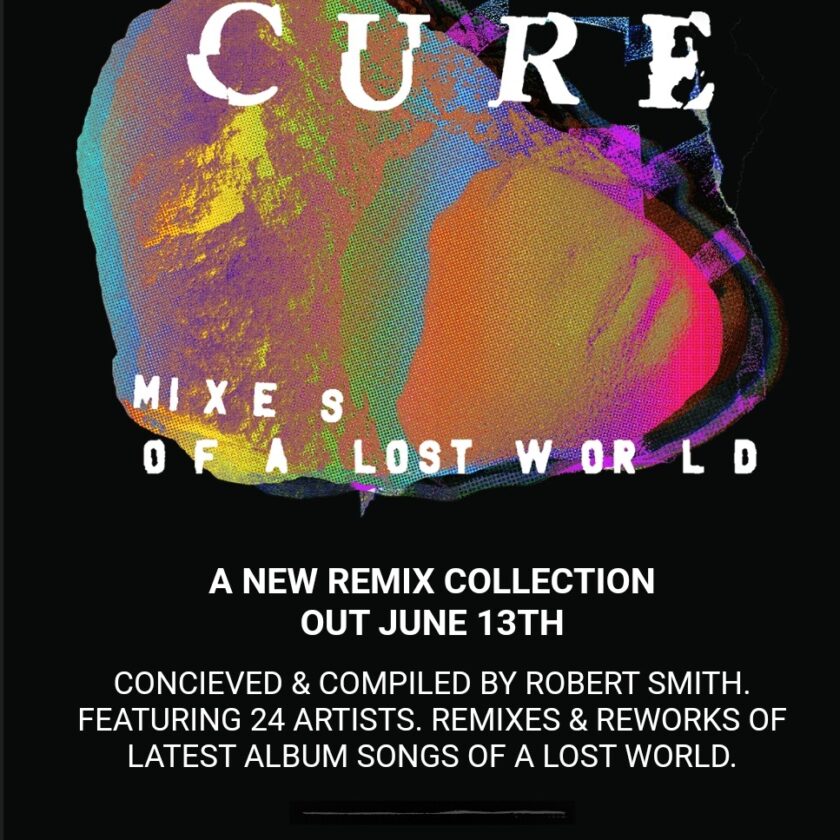“Creating visual art is one of the defining characteristics of the human species, but the paucity of archaeological evidence means that we have limited information on the origin and evolution of this aspect of human culture. The components of art include colour, pattern and the reproduction of visual likeness. The 2D and 3D art forms that were created by Upper Palaeolithic Europeans at least 30 000 years ago are conceptually equivalent to those created in recent centuries, indicating that human cognition and symbolling activity, as well as anatomy, were fully modern by that time. The origins of art are therefore much more ancient and lie within Africa, before worldwide human dispersal. The earliest known evidence of ‘artistic behaviour’ is of human body decoration, including skin colouring with ochre and the use of beads, although both may have had functional origins. Zig-zag and criss-cross patterns, nested curves and parallel lines are the earliest known patterns to have been created separately from the body; their similarity to entopic phenomena (involuntary products of the visual system) suggests a physiological origin. 3D art may have begun with human likeness recognition in natural objects, which were modified to enhance that likeness; some 2D art has also clearly been influenced by suggestive features of an uneven surface. The creation of images from the imagination, or ‘the mind’s eye’, required a seminal evolutionary change in the neural structures underpinning perception; this change would have had a survival advantage in both tool-making and hunting. Analysis of early tool-making techniques suggests that creating 3D objects (sculptures and reliefs) involves their cognitive deconstruction into a series of surfaces, a principle that could have been applied to early sculpture. The cognitive ability to create art separate from the body must have originated in Africa but the practice may have begun at different times in genetically and culturally distinct groups both within Africa and during global dispersal, leading to the regional variety seen in both ancient and recent art. At all stages in the evolution of artistic creativity, stylistic change must have been due to rare, highly gifted individuals. ”
–The evolution of human artistic creativity
“the “#UnitedStates” [as well as other cultures around the world] is in-fighting because of a decades long attempt by #infomedia, #policy and #culture to arrest #psycyhologicaldevelopment with #nostalgia and #beliefstructure. This was a temporary success at #socialengineering that is now tearing the fabric of #society apart.. “
– Artstrada magazine
“#nostalgia is only nutritious in enjoying the past and recognizing value. It has to be repurposed to create larger and forward thinking observations. What was encapsulated in your nostalgic beliefs that can be brought forward without stopping #humanevolution?” – Trinity
National Geographic
“nostalgia works for a decade. #evolution works forever.
#evolve
don’t Obsolesce yourself “- Trinity
California Academy of Sciences | Science Today: The Intersection of Art and Science | California Academy of Sciences
A polymath (Greek: πολυμαθής, romanized: polymathēs, lit. ‘having learned much’; Latin: homo universalis, lit. ‘universal human’)[1] or polyhistor (Greek: πολυΐστωρ, romanized: polyīstor, lit. ‘well-learned’)[2] is an individual whose knowledge spans many different subjects, known to draw on complex bodies of knowledge to solve specific problems.
Embodying a basic tenet of Renaissance humanism that humans are limitless in their capacity for development, the concept led to the notion that people should embrace all knowledge and develop their capacities as fully as possible. This is expressed in the term Renaissance man, often applied to the gifted people of that age who sought to develop their abilities in all areas of accomplishment: intellectual, artistic, social, physical, and spiritual.
The term “Renaissance man” was first recorded in written English in the early 20th century.[9] It is used to refer to great thinkers living before, during, or after the Renaissance. Leonardo da Vinci has often been described as the archetype of the Renaissance man, a man of “unquenchable curiosity” and “feverishly inventive imagination”.[10] Many notable polymaths[a] lived during the Renaissance period, a cultural movement that spanned roughly the 14th through to the 17th century that began in Italy in the Late Middle Ages and later spread to the rest of Europe. These polymaths had a rounded approach to education that reflected the ideals of the humanists of the time. A gentleman or courtier of that era was expected to speak several languages, play a musical instrument, write poetry, and so on, thus fulfilling the Renaissance ideal.
The idea of a universal education was essential to achieving polymath ability, hence the word university was used to describe a seat of learning. However, the original Latin word universitas refers in general to “a number of persons associated into one body, a society, company, community, guild, corporation, etc”.[11] At this time, universities did not specialize in specific areas, but rather trained students in a broad array of science, philosophy, and theology. This universal education gave them a grounding from which they could continue into apprenticeship toward becoming a master of a specific field.
When someone is called a “Renaissance man” today, it is meant that rather than simply having broad interests or superficial knowledge in several fields, the individual possesses a more profound knowledge and a proficiency, or even an expertise, in at least some of those fields.[12]
Some dictionaries use the term “Renaissance man” to describe someone with many interests or talents,[13] while others give a meaning restricted to the Renaissance and more closely related to Renaissance ideals.





































 . A church...
. A church...

